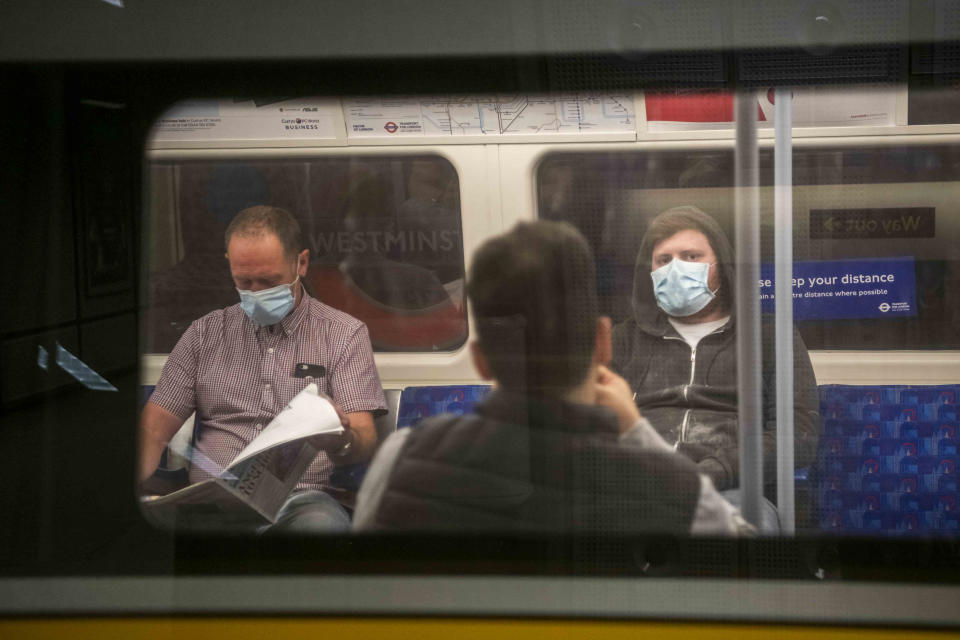Coronavirus infections decline in England as pandemic continues to decrease

An average of 33,000 people in England had coronavirus at any give time between 25 May and 7 June, the Office for National Statistics (ONS) has estimated.
Between those two dates, 0.06% of people in the community – outside hospitals and care homes – are thought to have had the virus in the country.
Previous figures from the ONS’s infection study, published last week, estimated 53,000 people in England had COVID-19 any one time between 17-30 May on average.
“Modelling of the trend over time shows evidence that the number of people in England testing positive has decreased,” the ONS said.
The figures cover the first week of people in England being allowed to meet in groups of up to six from different households outdoors.
The data shows the trend of infections appears to be declining despite some significant easing of the lockdown for England.
The news will be welcomed as further significant adjustments are made, with non-essential shops due to reopen their doors from Monday.
“We would want to make sure that people who have been suffering from loneliness, and have been unable to see their families for a long time, the rest of their families, are able to do that,” Boris Johnson said this week.
Despite the trend of declining infections and deaths, Sir Patrick Vallance, the government’s chief scientific adviser, warned earlier in the week: “The epidemic is shrinking, but not fast. Numbers are coming down but are not yet very low.
“The vast majority of the population remains susceptible to the infection.
“That urges caution, it urges going slowly with changes and it urges measuring very carefully to see the impact and being prepared to reverse things where measures have been taken that have an impact on this, and importantly means looking for outbreaks locally and dealing with those fast.”
The ONS’s infection survey has 12,527 households enrolled with 20,152 people agreeing to continue in the study.
Coronavirus: what happened today
Click here to sign up to the latest news, advice and information with our daily Catch-up newsletter
Read more about COVID-19
How to get a coronavirus test if you have symptoms
How easing of lockdown rules affects you
In pictures: How UK school classrooms could look in new normal
How public transport could look after lockdown
How our public spaces will change in the future
Help and advice
Read the full list of official FAQs here
10 tips from the NHS to help deal with anxiety
What to do if you think you have symptoms
How to get help if you've been furloughed

 Yahoo Sports
Yahoo Sports 
